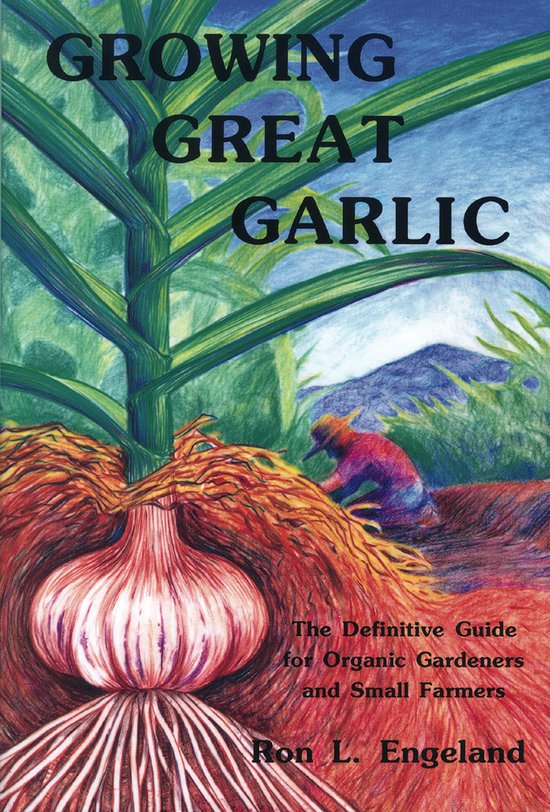
Garlic and Other Alliums
Outlines the extensive history and use since the dawn of civilization of alliums, as well as the understanding of their botany and chemistry.
Garlic, onions, leeks, chives and other members of the genus Allium occupy a unique position both as edible plants and herbal medicines, appreciated since the dawn of civilization. Alliums have been featured through the ages in literature, where they are both praised and reviled, as well as in architecture and the decorative arts. Garlic pills are top-selling herbal supplements, while garlic-based products show considerable promise as environmentally friendly pesticides. The remarkable properties of the alliums can be understood based on the occurrence of a number of relatively simple sulfur-containing chemical compounds ingeniously packaged by nature in these plants. An appreciation for the novel way nature equips plants to survive and thrive by chemical means is described in the quotation from famed ethnobotanist Richard Schultes: "Plants live by their chemical wits.". This book helps the reader judge the accuracy of numerous claims regarding the health benefits of garlic. This unique book outlines the extensive history and the fascinating past and present uses of these plants, sorting out fact from fiction based upon detailed scrutiny of historic documents as well as numerous laboratories studies. Readers will be entertained and educated as they learn about early cultivation of garlic and other alliums while being introduced to their remarkable chemistry and biochemistry, much of which prominently features the element sulfur. They will learn how alliums have been portrayed and used in literature, poetry and the arts and how alliums are featured in the world's oldest cookbook. Technical material is presented in a manner understandable to a general audience, particularly through the use of illustrations to simplify more difficult concepts and explain how experimental work is conducted. The book is heavily illustrated with examples of alliums in art, literature, agriculture, medicine and other areas and includes rare botanical drawings of many members of the genus Allium. Essential reading for anyone with an interest in science, the book is written at a level accessible to experts and nonexperts alike. It has sufficient additional detail and references to satisfy both the general reader wanting to know more and the professional researcher in disciplines as diverse as archaeology, medicine, ecology, pharmacology, food and plant sciences, agriculture, and organic chemistry. Garlic and Other Alliums explains the remarkable role played by the ubiquitous element sulfur in nature, including the everyday chemistry that occurs in the kitchen and in the garden as well as the sophisticated sulfur chemistry that occurs in the laboratory.
The name "Allium" is said to come from the Greek word to avoid because of its offensive smell. The genus Allium includes more than 800 species of which only a few have been cultivated as foods. Many of the other members of this genus are popular with gardeners as easy to maintain perennials, although the smell of some members of the genus can be off-putting. The smell is a consequence of breakdown of sulfur-containing compounds which is a characteristic of this family of plants. Garlic, onions, leeks, chives and other members of the genus Allium occupy a unique position both as edible plants and herbal medicines, appreciated since the dawn of civilization. Alliums have been featured through the ages in literature, where they are both praised and reviled, as well as in architecture and the decorative arts. Garlic pills are top-selling herbal supplements while garlic-based products show considerable promise as environmentally friendly pesticides. The remarkable properties of the alliums can be understood based on the occurrence of a number of relatively simple sulfur-containing chemical compounds ingeniously packaged by nature in these plants. This unique book, with a foreword by 1990 Nobel Laureate E.J. Corey, outlines the extensive history and the fascinating past and present uses of these plants, sorting out fact from fiction based upon detailed scrutiny of historic documents as well as numerous laboratories studies. Readers will be entertained and educated as they learn about early cultivation of garlic and other alliums while being introduced to the chemistry and biochemistry. They will learn how alliums have been portrayed and used in literature, poetry, the arts and how alliums are featured in the world's oldest cookbook. Technical material is presented in a manner understandable to a general audience, particularly through the use of illustrations to simplify more difficult concepts and explain how experimental work is conducted. The book is heavily illustrated with examples of alliums in art, literature, agriculture, medicine and other areas and includes rare botanical drawings of many members of the genus Allium. Essential reading for anyone with a general interest in science, the book is written at a level accessible to experts and non-experts alike. It has sufficient additional detail and references to satisfy both those wanting to know more, as well as researchers in disciplines as diverse as archaeology, medicine, ecology, pharmacology, food and plant sciences, agriculture, and organic chemistry.
| Auteur | | Eric Block |
| Taal | | Engels |
| Type | | Paperback |
| Categorie | | Wetenschap & Natuur |



